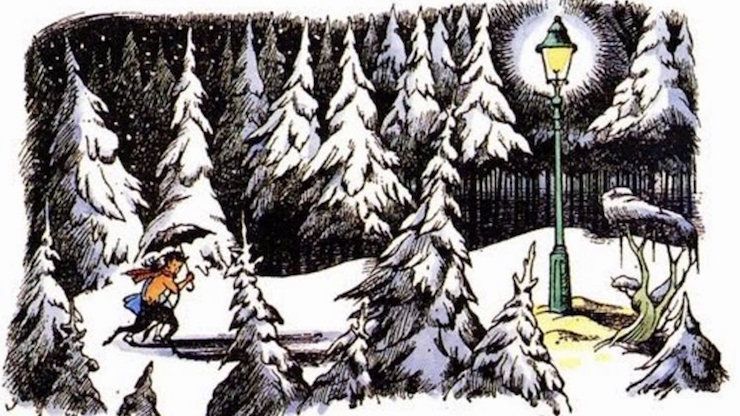Easter in Narnia?

Dawn Treader is named after the ship in the Chronicles of Narnia series. As such many of the books’ themes are also taught to our students via chapel messages and in the classroom. Easter is the perfect time to reflect on some of these themes—and on Aslan the mighty lion (Jesus).
As you read the themes below, please think about your own childhood memories and how important these were (and are) to your spiritual growth.
- Christianity:
The story uses allegorical elements, like the talking lion Aslan, to represent the Christian journey, suggesting that faith can be challenging but ultimately transformative.
- Growing Up and Selflessness:
Eustace, a character who is initially selfish, undergoes a transformation, learning the value of companionship and helping others. His journey highlights how selfishness can lead to isolation, while selflessness can foster purpose and connection.
- Temptation:
The characters encounter situations that test their moral compass, such as the temptation of greed or power. These moments highlight the importance of resisting temptation and making choices that align with one's values.
- The search for the divine:
The story also explores the desire of human beings to grow in their character, to become better people, and of the search for the divine in this life, and the hope for something beautiful in the next.
- The Christmas and Easter connection:
A life without Jesus (darkness) is best reflected by these lines from the book - “It is winter in Narnia,” said Mr. Tumnus, “and has been for ever so long…. always winter, but never Christmas.”
How sad a world without Christmas would be. We rejoice because after Christmas we know there is Easter! When Aslan gave his life for Eustace’s sin on the slab, he broke the curse of “winter!” Jesus took our sin on the cross and broke the curse of death! Like Aslan, Jesus rose in real life to real life!
That’s good news! May the peace of Christ be with you always as you journey with us on the Dawn Treader.





